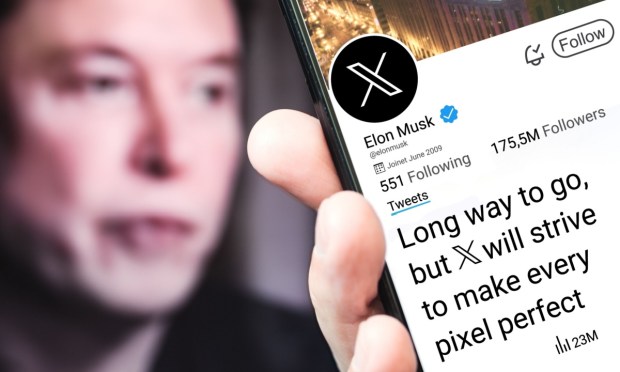
Elon Musk’s attempts to woo creators onto X is reportedly an uphill battle.
As The Wall Street Journal (WSJ) reported Sunday (March 24), Musk met with creators soon after acquiring the social media platform — then still known as Twitter — to find out how at make them happy. He also wanted to know how YouTube draws in creators.
Among the creators was podcaster Samir Chaudry, who told Musk that YouTube had an established system for creators to earn money via ad revenue. Speaking to WSJ, Chaudry said that X’s strategy for creators remains unclear.
“They have to start showing us the path to building a business on the platform,” he said.
The report noted that while X has an ad-revenue-sharing program for creators, it still trails platforms like YouTube, TikTok and Instagram as a creator designation. Some creators told WSJ that X’s advertiser struggles have made the platform less attractive. Others say payments are inconsistent.
“We all still use it every day,” Chaudry said about X, adding, “If we’re going to post original content there, I think we need to understand the path to success.”
According to WSJ, Musk has acknowledged X’s advertising challenges, posting last year that there was not “much we can do if advertisers boycott or reduce spend on our platform.”
And Musk said in a recent interview with journalist Don Lemon that nearly all advertisers are returning to X and that the platform’s advertising and subscription revenues are climbing rapidly, without offering exact figures.
Last week saw a report by NBC News — citing data from Sensor Tower — that X had 27 million daily active mobile users in February, an 18% drop from the previous year. The company’s U.S. user base has been flat or down each month since November 2022, the first full month of Musk’s ownership, and is down a total of 23% since then.
Meanwhile, PYMNTS last week looked at the way social media platforms are integrating purchasing into their platforms.
“These apps and websites, once just avenues for sharing updates and connecting with friends, have become robust eCommerce ecosystems,” the report said. “From Facebook and Instagram to TikTok and Pinterest, these platforms have been integrating shopping functionalities, blurring the lines between social networking and online shopping.”
However, penetration remains relatively low, so far, with PYMNTS Intelligence showing that while 43% of consumers browse social media for goods and services, just 14% ultimately purchase those goods and services via social media.